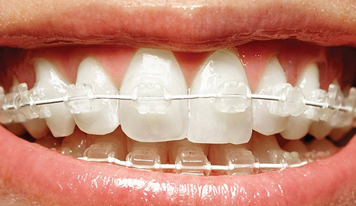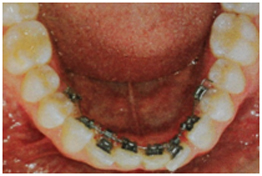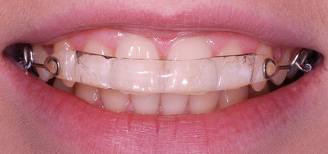Which Type of Braces Are the Best?
Which type of brace is best… Now there’s a question! There are so many different types of braces and each of them have different clinical applications, user requirements, functions and features. What we will do in this blog post is goes through some of the most popular type of brace, highlight when they may be used, what the outcomes might be and what the features of the brace system are, you can then make a decision about which type of brace is best for you.
When asking the question, which type of brace is best, it’s useful to consider:
- Do you have a particular timeframe in mind?
- Perhaps you have a special event that you want straighter teeth for, if this is soon then this can determine which brace system is best.
- Do you have a particular budget in mind?
- Some braces systems are cheaper than others, however they may not be able to do what you want them to do, so having a budget in mind before you start can help you make a decision about the best orthodontic system.
- What do you want to achieve? Which specific teeth you want to move?
- Some braces systems are capable of moving more teeth whilst others focus on just the cosmetic front teeth.
- Do you mind if people see your braces?
- Some brace systems are more visible than others, some of the more discreet and less visible systems can be more expensive than the others, so deciding how important visibility of your brace is can help you decide which one is best for you.
Which brace system is the quickest?
In order of typical treatment time:
- Inman aligner – Treatments sometimes as short at 12 weeks
- Lingual braces – Treatments sometimes as short as 12 weeks
- Fixed ceramic braces – Treatments typically 6 months to 1 year
- Invisalign – Treatment is typically 9 months to 1 year
Which braces system is the cheapest?
- Fixed ceramic braces – From £1500
- Inman aligner – From £1500
- Lingual braces – From £1500
- Invisalign – From £1750
The prices quoted above are for a single arch (upper or lower), Invisalign is quoted as Invisalign i7 which is a lighter system designed to move the front teeth in the cosmetic zone only
What can each brace system do?
Invisalign
Invisalign has a range of options from i7, to Lite to Full. This allows your Invisalign dentist to select the best braces option for you, taking into account exactly what you want to achieve. Typically i7 is there to move the cosmetic front teeth into a more appealing and attractive position. Simple rotation and twisting if the primary thrust of this type of treatment. More complex treatments which involve bodily moving the teeth or moving back teeth (which have larger roots and are therefore more difficult to move) will possibly require Invisalign Lite or full.
Fixed ceramic braces
Fixed ceramic braces give your dentist the greatest flexibility when deciding how you want to move your teeth. These braces allow fine and delicate tooth movement in exactly the right way which means they are often the preferred option for many dentists interested in orthodontic treatments.
Inman aligner
Inman aligner braces use a revolutionary spring system, these dual springs simultaneously push and pull on the tooth in the correct location in order to rotated into its new position. These braces are however not designed to move teeth over great distances and are therefore generally only suitable for the front teeth. Because front teeth have smaller roots then back teeth they can be moved quicker meaning treatment times can be very short.
Lingual braces
Lingual braces offer almost as much flexibility as fixed ceramic braces do for your dentist, allowing them to move teeth over greater distances and achieve more pleasing results if you have a particularly challenging case. However, because lingual braces fit on the inside of your teeth (tongue side) it very much depends if you have enough space to actually have the braces fitted.
Do you mind if people see your braces?
Some brace systems are far more visible than others, here is a quick rundown from most visible to least visible:
- Inman aligner – MOST VISIBLE
- These braces have wires which may be visible and a larger, albeit clear, plastic section at the front.
- Fixed ceramic braces
- Whilst the fixed ceramic braces are bonded to the front surface of your teeth and clearly visible, they often use clear brackets and tooth coloured wires meaning that, from a normal speaking distance are quite imperceptible.

- Lingual braces
- Whilst these are definitely not visible from the front you may find that sometimes if you open your mouth wide when laughing or yawning that people can see the braces fixed to the inside of your teeth. However, most people don’t find this to be a problem at all.

- Invisalign – LEAST VISIBLE
- Because these braces utilise a virtually clear plastic aligner with no brackets or wires they are almost totally imperceptible. You would only ever notice them if you looked extremely closely.
Summary
There is actually no single brace which is best, there is only one brace which is best for YOU, your budget, your clinical situation and what you wish to achieve.

